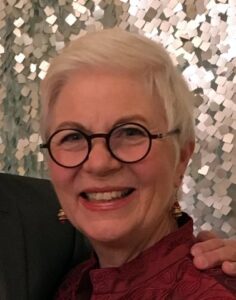My brain is wired for words. I don’t remember learning how to read. It seems I’ve just always known how. As a consequence of my enchantment with words, I was, among four siblings, the family “bookworm.”
I was often found nose deep in a book, practically insensible to input from the real world. Not unlike today’s texter or video gamer? I would read anything handy that had words on it: A box of breakfast cereal. Magazines like The Readers’ Digest, The Saturday Evening Post, Life. Library books (often overdue).
And comic books. As many as I could get my hands on. In later years, I learned that comic books in that era (the mid-1950s) were a fairly new and subversive influence on young minds. My mother was avid in trying to separate me from my mind-ruining addiction. It didn’t work. I devoured all the comics available to me: Donald Duck, Batman, Wonder Woman, Classics Illustrated, Archie, Little Lulu, and, of course, Superman. Friends complained, “You never want to play when you come over to my house–you just want to read comic books!” Sure I did–they had access I didn’t. Their mothers were not so rigid about bringing the dastardly comic books into the house.
Which brings me to the Cryptoquote–a newspaper feature involving a letter-substitution activity. Woe to the newspaper if it ever stops publishing the Cryptoquote. That will be the day I cancel my paper subscription. My morning ritual takes me straight from the headlines to the Crytoquote. I do this puzzle partly in memory of my father. It was his ritual, his passion, and his consummate skill. The reward of success in decoding the Cryptoquote is minimal. These days, the quotee is as likely as not to be a celebrity I never heard of. My hometown newspaper replaced the former “Cryptoquip” which was, I’ll admit, clever nonsense–possibly not worth the trouble–with the Cryptoquote. Perhaps the “quote” isn’t worth it, either. But that doesn’t matter to me. It’s all about the marvelous, mysterious decoding of letters, the revelation of words.
And after that, the JUMBLE….







